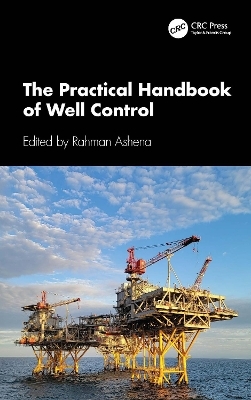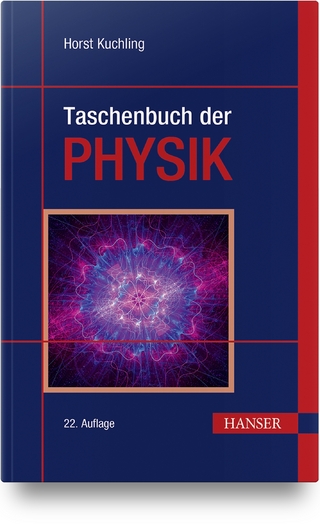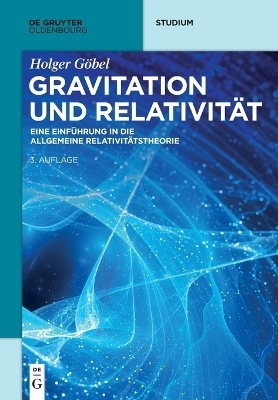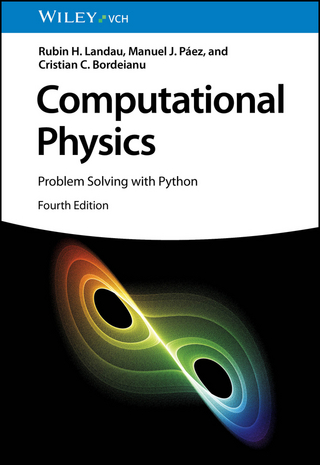
The Practical Handbook of Well Control
CRC Press (Verlag)
978-1-032-75385-0 (ISBN)
- Noch nicht erschienen (ca. Januar 2025)
- Versandkostenfrei innerhalb Deutschlands
- Auch auf Rechnung
- Verfügbarkeit in der Filiale vor Ort prüfen
- Artikel merken
The Practical Handbook of Well Control teaches readers to safeguard well safety and integrity in drilling well engineering. Offering an applied and scientific point of view, it covers fundamental aspects of well control and includes practical procedures and well control methods for land and offshore operations. It features a wealth of questions to commonly encountered problems and comprehensive answers at the end of each topical discussion to test reader comprehension.
• Written in a concise, accessible way by experienced oilfield and academic experts.
• Covers all related technical subjects of well control.
• Describes modern aspects of well control including automatic well control, advances in outflow measurement, artificial intelligence and IoT techniques for early kick detection, mud gas separators and riser gas modelling.
• Includes case studies to familiarize readers with real-world problems and solutions.
• Offers a full explanation of each problem to familiarize readers with commonly faced issues.
• Features sample exercises with comprehensive answers useful for IWCF and IADC exams.
This handbook serves as a valuable reference and workbook for field drilling and workover engineers in the energy sector.
Rahman Ashena completed his Master's and PhD degrees in Petroleum Well Engineering respectively at Curtin University, Australia and Montanuniversität Leoben, Austria. He has over a decade of experience in industrial field work as a senior well completion/workover and drilling supervisor engineer. He is an expert in data analysis ML techniques, and in lecturing drilling and well completions courses with TTT degree and IWCF Level IV certificates. Dr. Ashena is a Chartered Engineer recognized by IMechE and a Professional Engineer recognized by the board of Engineers Australia (EA).
0. Front Matter. 1. Introduction. 2. Barriers. 3. Drilling Fluids and Pit Management. 4. Well Control Concepts. 5. Causes of Kicks and LOWCs. 6. Kick Warning Signs Indicators and Detection. 7. Pre-Recorded Data for Possible Well Control. 8. Well Shut-in and Diverting Procedures. 9. Post Well Shut-In Monitoring Pressures and Activities. 10. Kill Sheets Completion Methods. 11. Well Control Methods. 12. Wireline Operations and Well Control Setup. 13. Early Kick Prediction Detection by Data-Driven AI/ML Techniques. 14. Industrial Internet of Things (IoT) Infrastructures for Well Control. 15. Automated Well Control. 16. Recent Advancements in Flow-meters for Kick Detection. 17. Mud-Gas Separator Analysis: A Comprehensive Review of Sizing, Design Criteria and Industry Standards. 18. Riser Gas Challenge and Modelling. 19. Case Study: Root Cause of Blowout –Middle-East, 2017. 20. Case Study: Blowout in Australia PETREL No.1 (SEDCO 135G), 1969.
| Erscheint lt. Verlag | 31.1.2025 |
|---|---|
| Zusatzinfo | 40 Tables, black and white; 12 Line drawings, black and white; 178 Halftones, black and white; 190 Illustrations, black and white |
| Verlagsort | London |
| Sprache | englisch |
| Maße | 156 x 234 mm |
| Themenwelt | Naturwissenschaften ► Physik / Astronomie |
| Technik ► Bauwesen | |
| Technik ► Bergbau | |
| Technik ► Elektrotechnik / Energietechnik | |
| Technik ► Umwelttechnik / Biotechnologie | |
| ISBN-10 | 1-032-75385-4 / 1032753854 |
| ISBN-13 | 978-1-032-75385-0 / 9781032753850 |
| Zustand | Neuware |
| Haben Sie eine Frage zum Produkt? |
aus dem Bereich


